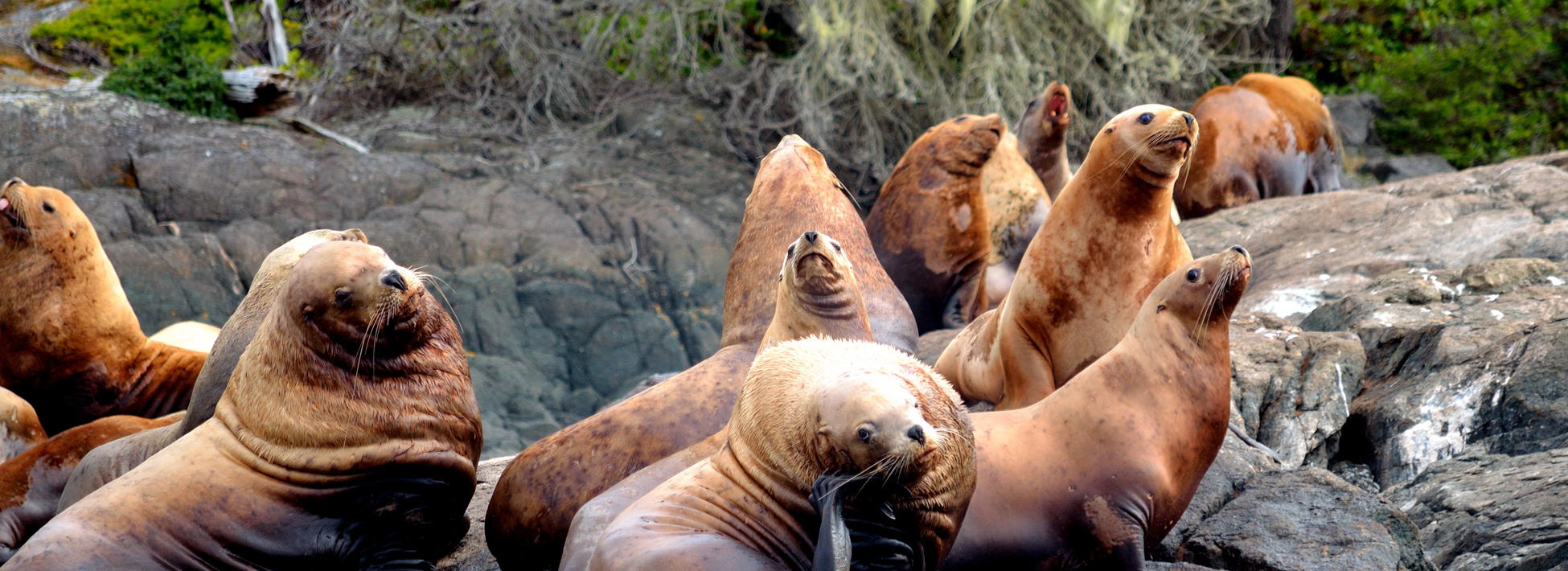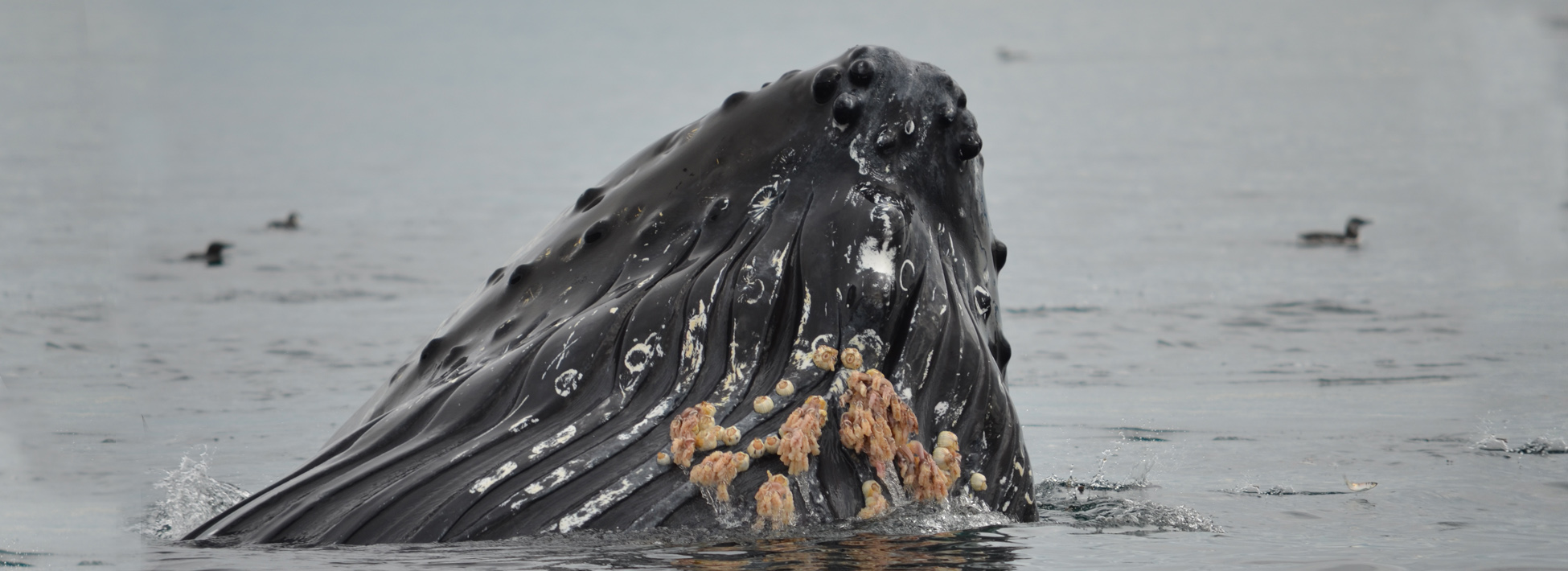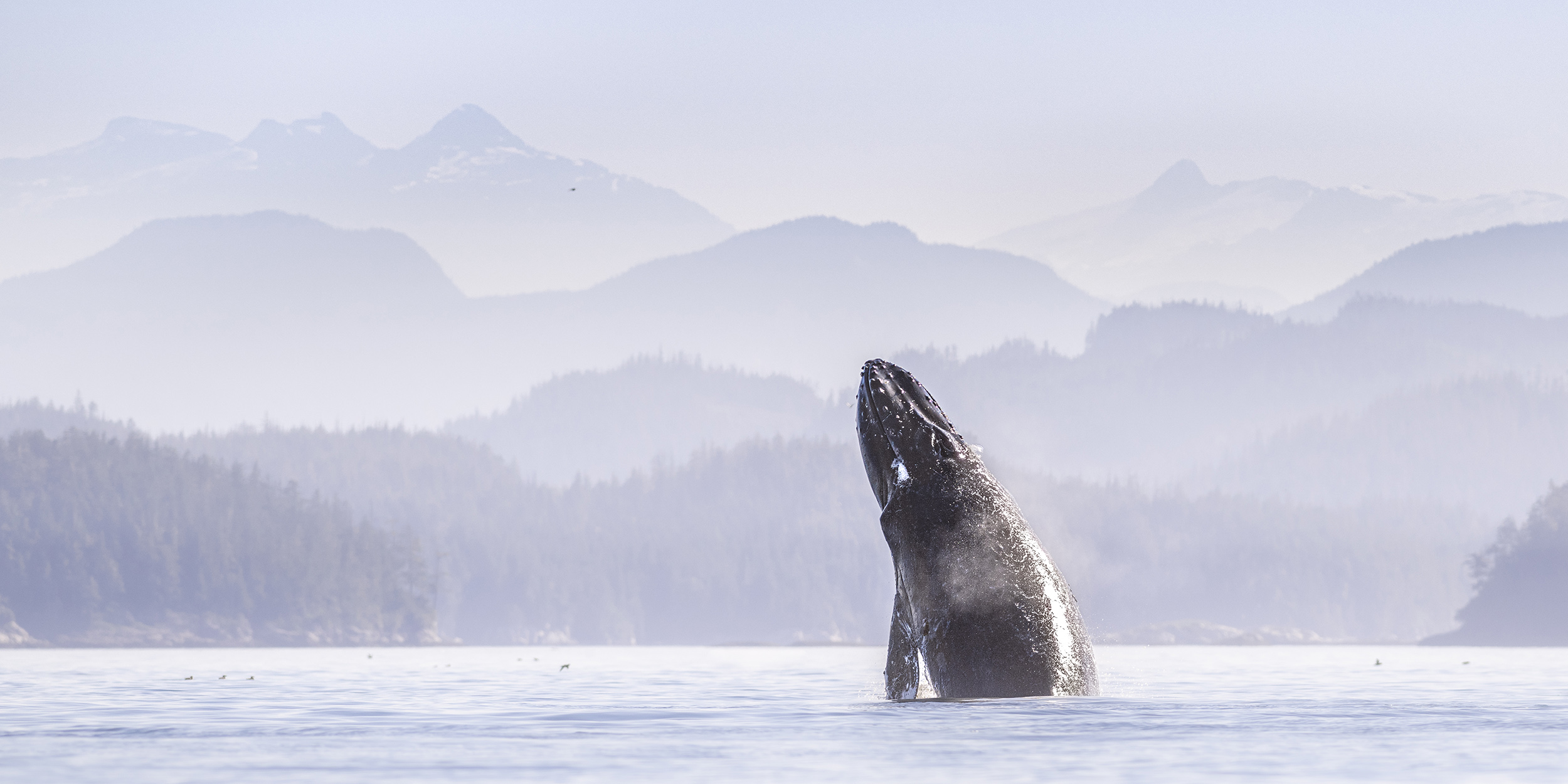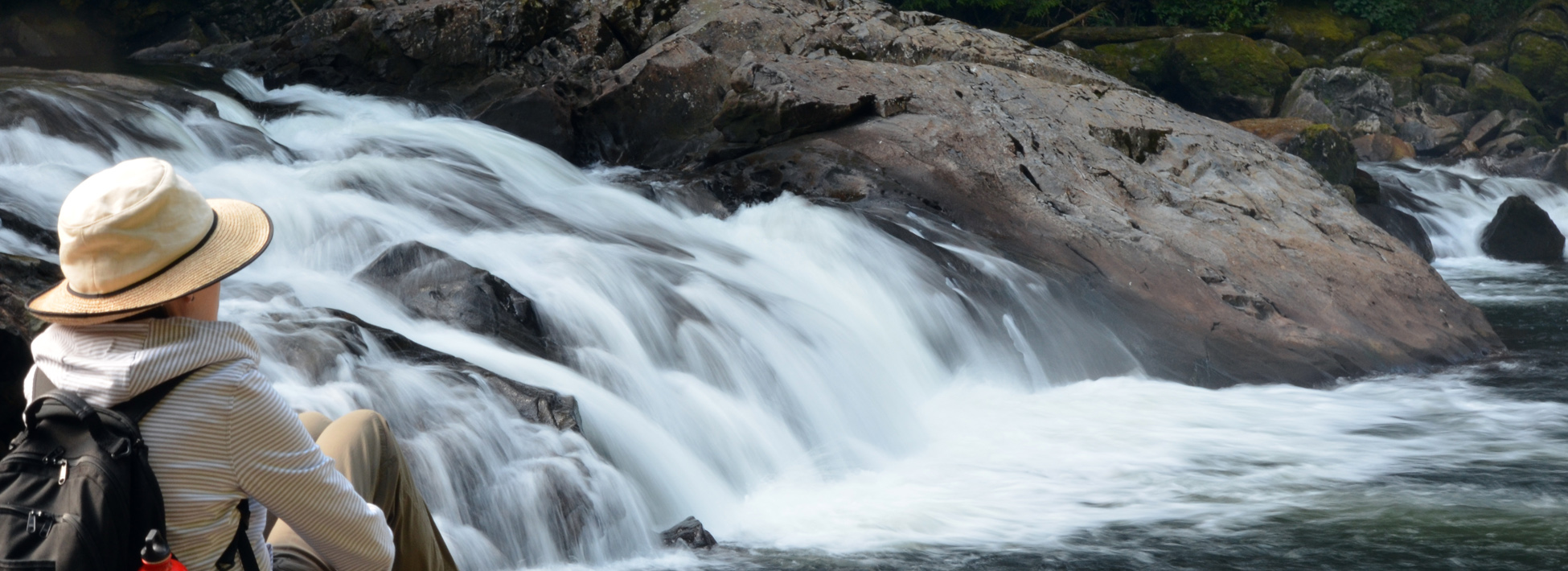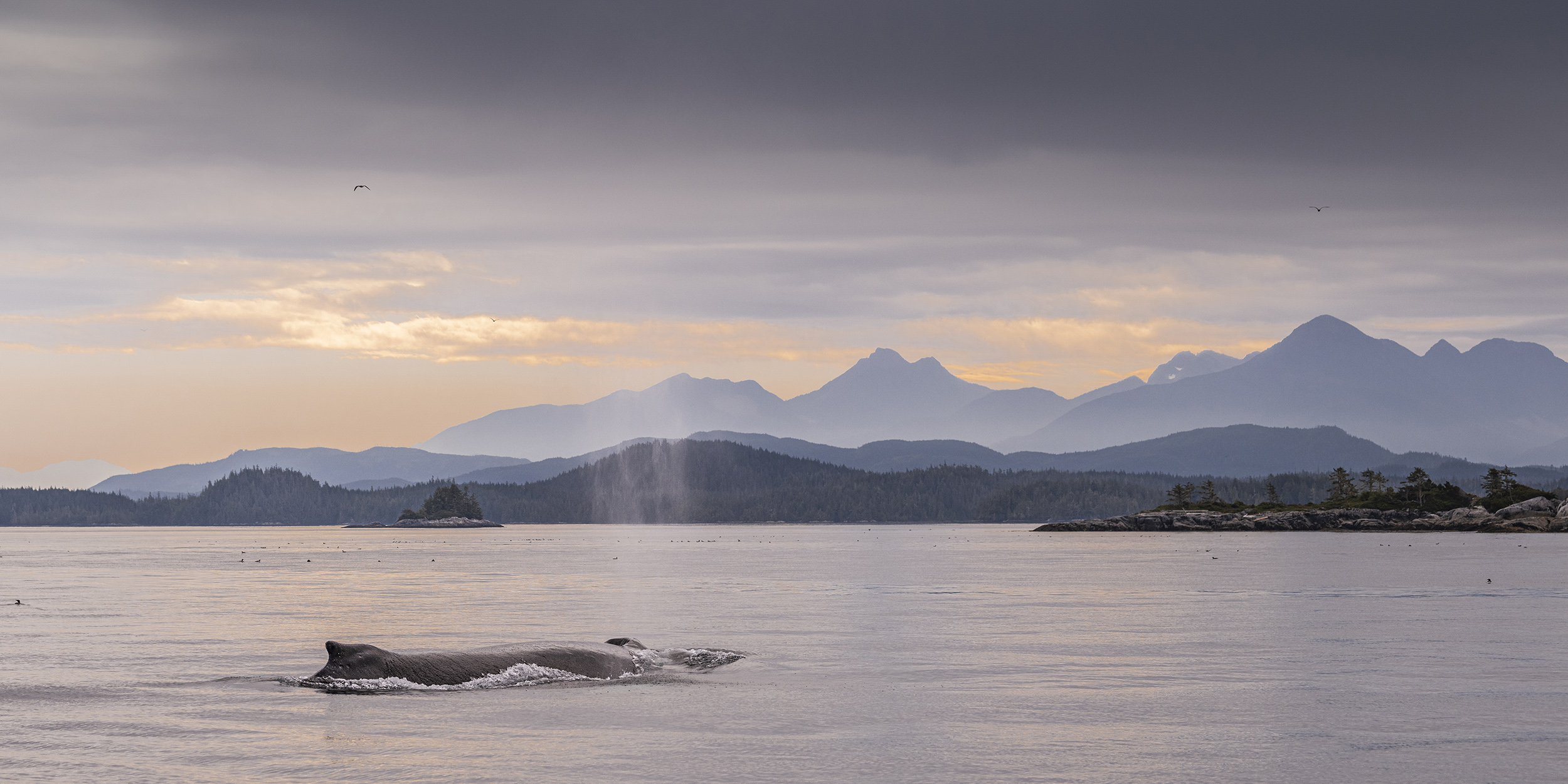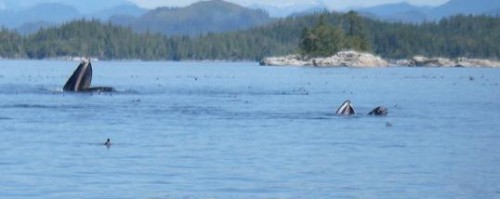
Humpback whales normally explode from beneath a herring ball with their mouth open to engulf as much herring as possible. These two whales rose slowly with mouths open and were almost treading water as they slowly twisted in circles. Humpbacks have throat groves that run from chin to belly. These grooves allow the throat to expand, which allows large volumes of water and food into the mouth. Closing its mouth the whale will press down with its tongue forcing out water through baleen plates and capturing the herring.
